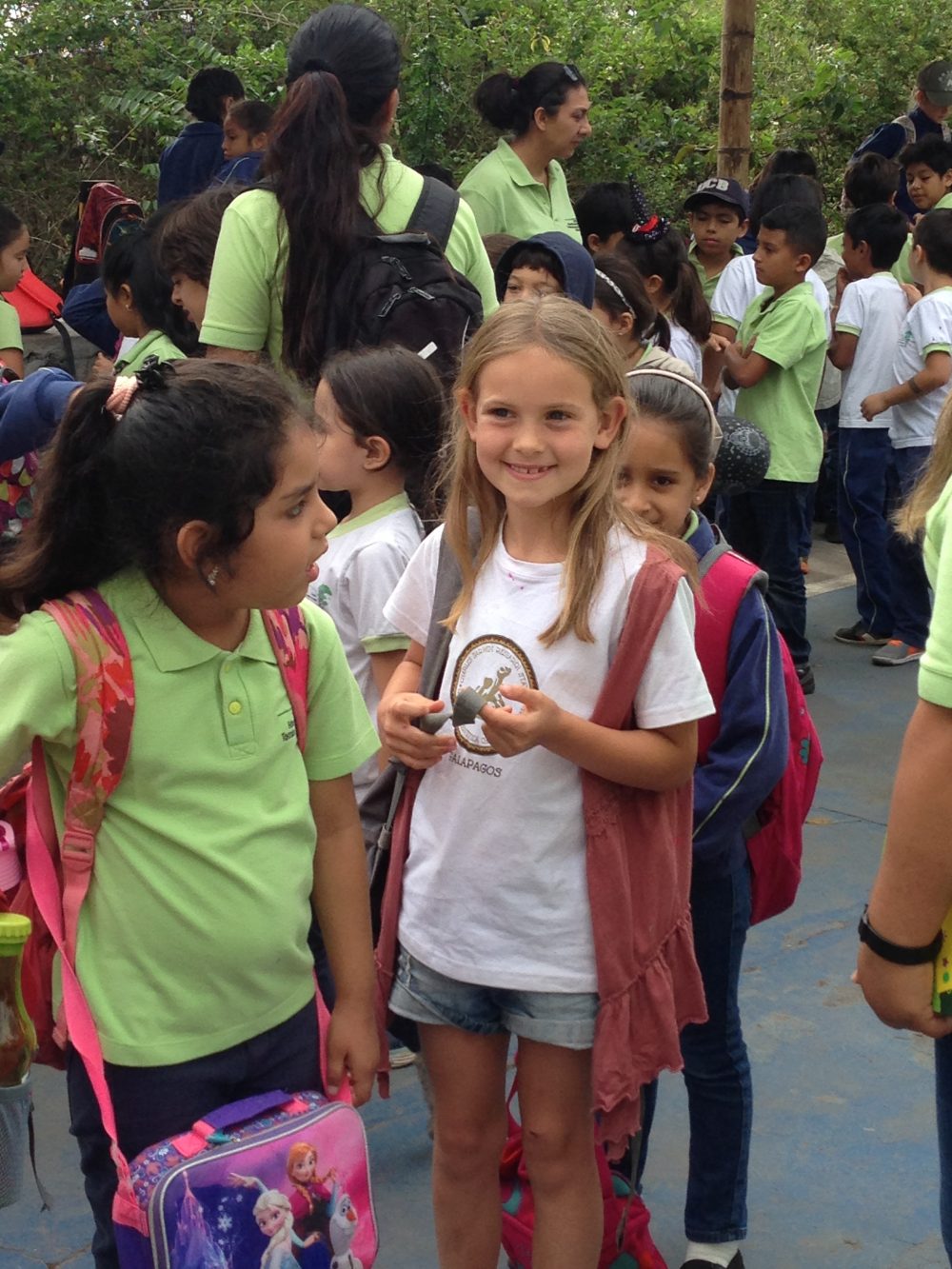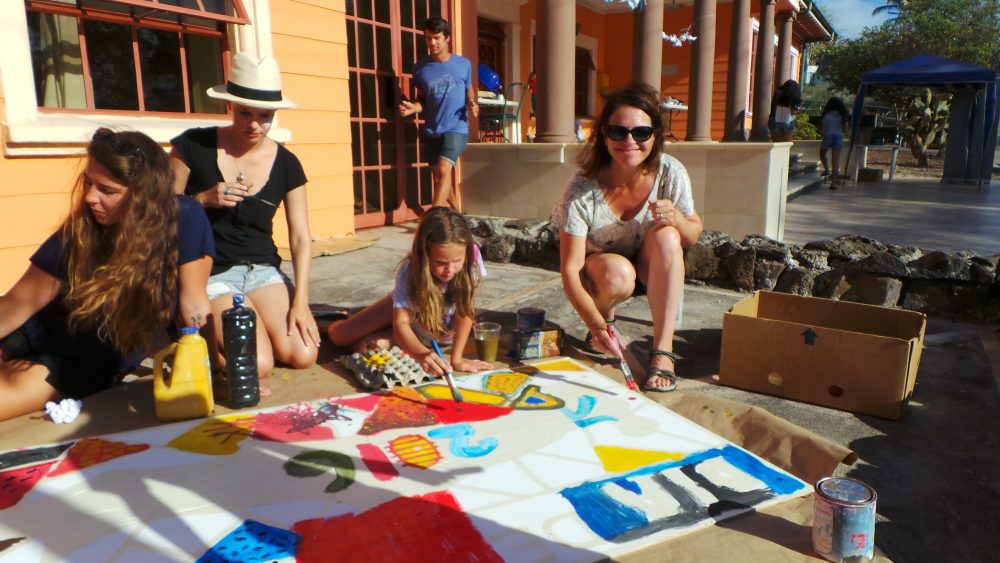
CEO highlights from recent visit to Galapagos
This month’s staff blog is written by Sharon Johnson, Chief Executive of GCT, detailing her recent trip to the Islands with highlights being trips to Floreana and San Cristobal.
I’ve now been at GCT for a year and I can’t believe how much we have achieved – which is due to the support of our donors, a great staff team and a committed Board of Trustees. A key milestone this year is our new three-year strategic plan which includes one of our key ambitions: to drive education and sustainability work in the Islands.
Last month I visited Galapagos and my time was spent meeting local people and a range of organisations committed to engaging Galapagos residents in the conservation of the Islands. With 30,000 people living across four main islands, and with 40% of the population aged 15 years or younger, it’s essential to work with the local residents to ensure the protection of the Archipelago.
On this trip, I was joined by my family – husband Robert and our two children, William 11 and Ava 7. William and Ava both attended the local school Tomas de Berlanga with the local children, and had a great time practicing their Spanish and learning about current sustainability projects on the Islands as well as coming up with ideas on how to further sustain and protect the delicate ecosystem for years to come.

Ava at school © Sharon Johnson
One project I visited was the bullhead shark project. GCT has been supporting this project and its surrounding teaching materials for the last two years on the island of San Cristobal, and I was fortunate enough to be invited to attend ‘Shark Day’. This is a whole day event, in which kids from all over the island come together to learn about all the different shark species present in the waters of Galapagos and why they are so important to the local and global marine ecosystem.

Shark Day © Sharon Johnson
We also visited Floreana island for three days which is the site of an ambitious project with the aim of restoring the ecosystem of the island through the removal of invasive species, particularly rodents and feral cats. These two invasive species have severely compromised the native biodiversity, resulting in significant socioeconomic impacts on the local community.
One of the days on Floreana was spent with a farmer who explained how this project should improve farm infrastructure, such as building chicken coops, which will help to increase the productivity of his farm by reducing potential future conflict between local farmers and short-eared owls. Short-eared owls are a problem to local livestock as they prey on chickens which are an easy target as they do not fly fast or far compared to the short-eared owl. This has become, and will likely continue to be, an important focal point for the local people. The restoration project also aims to provide alternative community eco-tourism opportunities, creating a better balance between the local wildlife and human residents.
The long term aim of the Floreana project is to reintroduce locally extinct species, such as the Floreana mockingbird, onto the island. The Floreana mockingbird is now no longer found on Floreana itself, instead only on two islets close to Floreana, and my family and I were fortunate enough to catch a glimpse of the Floreana mockingbird on Champion islet. This project we are undertaking to bring the Floreana mockingbird and other species home is truly a project that combines community and conservation in a holistic and sustainable way. It is evidence that the local community wants to make a change; that it is possible to establish a conservation management model for inhabited islands. It will show that you can bring back locally extinct species and that all is not lost when it comes to degradation from invasive species. One day we hope the Galapagos hawk will be reintroduced to Floreana, along with the other ten locally extinct species. We believe the animals are resilient, and we hope we can help them return to their natural homes on Floreana.

Galapagos hawk © Mark Overy
My personal highlight was being lucky enough to see five Galapagos hawks close up on the island of Santa Fe. I will never get used to how tame the wildlife is across the Archipelago; their lack of fear will surprise and amaze me every time.

